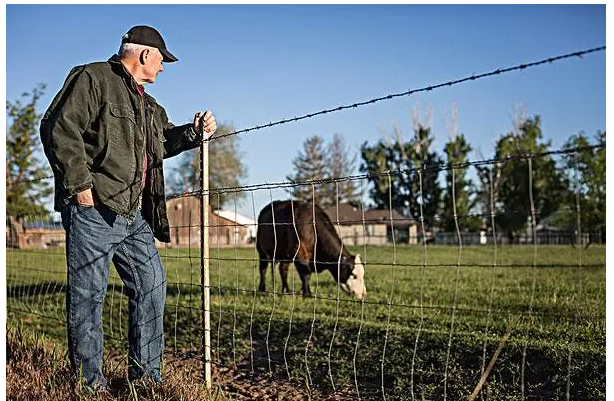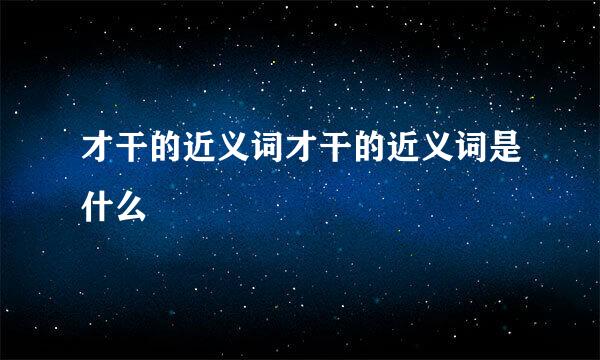
“都市传奇”urban legend都市传说就是一个当代流行的民间传说,大家都声称它是真的,并且通常乱巧是用来引起听众的感情响应薯弊的。在因特网上,都市传说广泛流传,并且通过电子邮件的重复发送和网站的张贴而经久不衰。与传统的传说一样,都市传输也很少可以追踪到某个作者。都市传说经常涉及到当代大家都感兴趣的强有力的中心人物和社会问题。社会学家建议说因特网已经称为都市传说的丰富环境,因为网络允许人们比历史上的任何一种方法都能更快地共享彼此的故事。有时候都市传输也会被证明确实是真的,但是大多数的只是因特网上的误传,有时候是令人愉快的,但是更多时候是令人恼火的,当它是以一种愚弄人的病毒的形式出现的时候。Q. What is an urban legend?FYI:Urban legend: A story, which may at one time have been true, that has grown from constant retelling into a mythical yarn.(给出简要定义,便于您理解这种文化现象)A.Many people have heard the tale, occasionally alluded to in popular culture but more often imparted as a thing that "really happened to a friend of a friend," of the dotty grandmother who tried to dry off her damp poodle by placing it in the microwave oven. The dog exploded, sad to say, and Grandma has never been quite the same since.That story isn't true, of course; it's an urban legend, circulating by word of mouth since the 1970s. It conveys a familiar moral message: new technologies can be a hazard, as well as a boon, to humankind (not to mention dogkind). Such an incident could have happened, but we have no real evidence that it did.Urban legends, then, are apocryphal stories, told as true and plausible enough to be believed, about horrific, embarrassing, exasperating or ironic things that have supposedly happened to real people (see links to more examples below). They often deal with particularly vexing aspects of modern life.In lieu of evidence, the teller of an urban legend is apt to rely upon good storytelling and the naming of allegedly trustworthy sources (e.g., "a friend of a friend who swears it's true") to bolster its credibility. As a type of folklore — defined as the beliefs, stories and traditions of ordinary people ("哗手键folks") — one way of differentiating between an urban legend and other kinds of narratives (popular fiction, for example) is by comparing where they come from and how they are disseminated. Legends tend to arise spontaneously and are rarely traceable to a single author or point of origin. They spread primarily from individual to individual through interpersonal communication, and only in atypical cases through mass media or other institutional means. Because they end up being repeated by many different people in many different places, the stories tend to change over time. Hence, no two versions of an urban legend are ever exactly alike; there can be as many variants as there are tellers of the tale.The phrase "urban legend" entered the popular vocabulary in the early 1980s with the publication of folklorist Jan Harold Brunvand's earliest books on the subject, beginning with "The Vanishing Hitchhiker" (W.W. Norton: 1981). Although it has become all but synonymous in common parlance with "false belief," the term actually denotes a more complex and subtle social phenomenon having to do with the production and transmission of folk narratives — narratives which are indeed usually false, but which can also, on rare occasions, prove to be true.In brief, an urban legend will typically exhibit most or all of the following characteristics:It is a narrative.Its veracity is questionable.It is alleged to be true.It is plausible enough to be believed.It is of spontaneous (or, at any rate, indeterminate) origin.It varies in the telling.It is attributed to a putatively trustworthy secondhand source (e.g., "a friend of a friend," "my sister's hairdresser's husband," etc.).It is passed from individual to individual orally or in written form (e.g., via fax, photocopy or email).It may take the form of a cautionary tale.抄袭度吧度吧 - 助理 二级的....嘿
标签:urban,legend

















